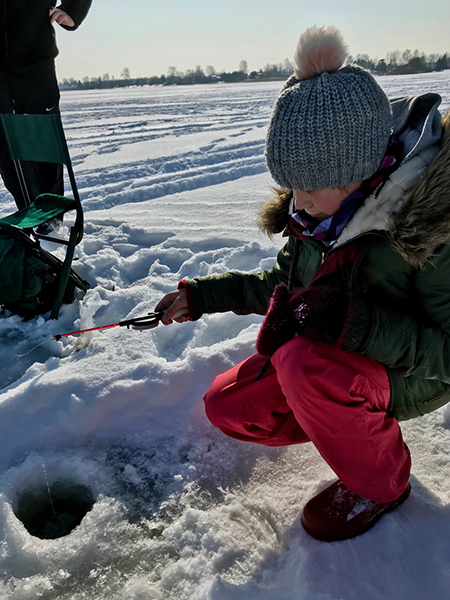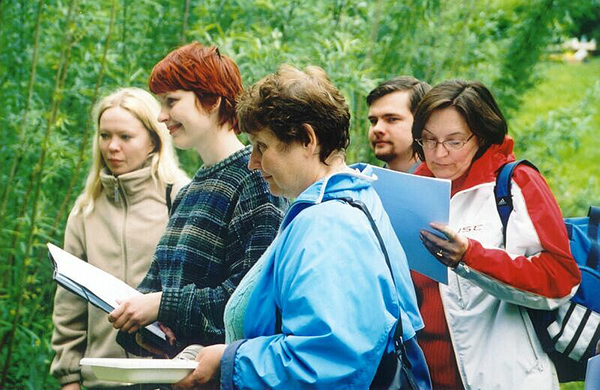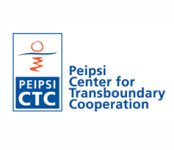ESTONIA, EUROPE
Lake Peipsi
Lake Peipsi is Europe's largest transboundary water body and the fourth largest lake on the European continent. Covering an area of 3.555 km², with 44% in Estonia and 56% in Russia, it’s shallow with an average depth of only 7,1 m and a maximum depth of 15,3 m. The total volume is about 25 km³, which is twice the annual runoff of all Estonian rivers. Peipsi experiences seasonal water level changes, rising nearly 1 m in spring and expanding its area by 780 km² at the highest level. Some 30 rivers and streams discharge into Lake Peipus, the two largest of these are Velikaya and Emajõgi. The lake drains into the Gulf of Finland via the river Narva. In the past, it was common for Lake Peipus to be covered with a 50-60 cm layer of ice throughout the winter. Due to climate change, 2020 was the first year this was not the case, and it will continue to decrease in the future. The lake has 30 islands, with the largest, Kolpino, belonging to Russia.
What makes it special
The Battle of Lake Peipus was of great historical significance: on April 5, 1242, a Russian army under the Novgorod prince Alexander Nevsky defeated the German and Danish crusaders of the Teutonic Order and the Order of the Brothers of the Sword as well as their Estonian allies on the ice of the frozen lake. This event played a significant role in shaping the historical narratives and cultural identity of both Russia and Estonia.
Protection status
· Ramsar Site 906, Wetland of International Importance
· EU Natura 2000
· Nature conservation area - Peipsiveere nature conservation area

Biodiversity
Lake Peipsi is home to 122 species of macrophytes, with an additional 20 species in the flooded coastal zones, representing 70% of all Estonian freshwater plant species. Notable flora includes reeds, arrowhead, water horsetail, flowering rush and water plantain, including rare species such as narrowleaf, water plantain and spiny quillwort. The algal flora is equally diverse, with over 1.000 phytoplankton, the zooplankton with 270 species, and more than 400 species of benthic fauna, with non-biting midges, molluscs and oligochaetes being the most abundant.
The fish population of Lake Peipsi consists of 37 species, including European Smelt, Vendace, Pike, Zander, Perch, Bream, Burbot and Peipsi Whitefish. Protected species include Grayling, Asp, Spiny Loach, Weatherfish, Wels Catfish and European Bullhead. The lake is also important for bird life, with 266 species recorded, including 180 nesting birds. Lake Peipsi is an important stopover for migratory species such as the Long-tailed Duck and the Red-breasted Merganser, with over a million migratory birds using the lake as a resting place. The shores are also home to nine species of amphibians, while mammals such as beavers, otters, muskrats, water shrews and water voles inhabit the lake and its surroundings.

Local Communities
The sustainable development and management of Lake Peipsi is challenged by the complex political transboundary situation between Estonia and Russia. The lake today is used for fishing (10.000 tons annually) and some recreation for the local population in the northern part. The Lake suffered from environmental degradation from Soviet-era agriculture. Still, the local communities on the Estonian site do intensive onion growing.
Threats
Lake Peipsi is a eutrophic and biologically highly productive lake. The major threat to water quality in the lake is eutrophication, which is caused by the high nutrient load. Agriculture is the main source of nutrient water pollution and the oil-shale industry has big influence to the outlet from Lake Peipsi – the Narva River. One part of this pollution is coming through Rannapungerja River directly into Lake Peipsi.
The lake is most important as a resource for fisheries and recreation. Peipsi is one of the best lakes in Europe for commercial fishing, with a total catch of 8.000 – 11.000 tons/year. The fish stock in Lake Peipsi is one of the richest in Europe. Besides eutrophication unregulated fishing in the lake is one of the most critical environmental issues for the Peipsi watershed.

Our Work
The Peipsi Centre for Transboundary Cooperation (Estonia) works closely with local schools and communities, as well as with universities. It runs several environmental education programmes for schools, organises nature tours, and develops nature education materials (online and printed).
Together with the municipality of Peipisääre, they run an educational exhibition on Lake Peipsi.
Peipsi Centre for Transboundary Cooperation

Co-funded by the European Union. Views and opinions expressed are however those of the author(s) only and do not necessarily reflect those of the European Union or CINEA. Neither the European Union nor the granting authority can be held responsible for them.



